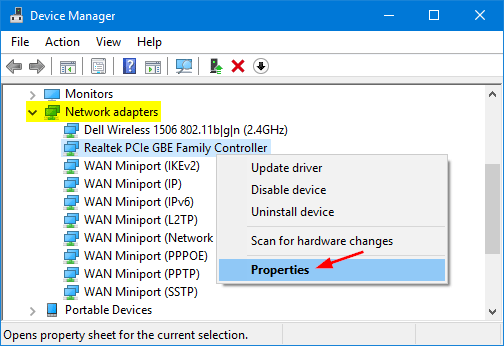

On the WINS Servers window, click Next leaving everything as default.

(If the IP address is not listed, you can add it manually.). On the Domain Name and DNS Servers window, make sure that the IP address of the DNS server is displayed in the IP address list, and click Next. Now on the Router (Default Gateway) window, in the IP address field, type the IP address of the router that is used as the default gateway for the local network, and click Add to add the address to the list.įor example, my router IP address is 192.168.1.1 type the address and click on Add then click next. On the Configure DHCP Options window, make sure that Yes, I want to configure these options now radio button is selected, and click Next. Now on the Lease Duration window, leave the default settings intact for now and click Next. On the Add Exclusions and Delay window, leave everything as default and click Next. Under Configuration settings that propagate to the DHCP client section of the IP Address Range screen, either enter a subnet bit length (CIDR) in the Length field or enter the dotted decimal notation of the subnet mask. This creates the scope’s range, which will be used to assign addresses to clients. On the IP Address Range screen, enter a starting IP address followed by an Ending IP address. That link would go away only after completion of the post-install task. In case completing the post-install step is missed after role installation, the administrator will continue to see a notification on the action pane and also a link on the DHCP role tile on the main Server Manager page suggesting that some configuration is required. Now click close to complete the Roll installation. Authorization of the DHCP server can only be performed by a domain user that has permissions to create objects in the Net services container in Active Directory. In a domain-joined environment, only after the DHCP server is authorized, it will start serving the DHCP client requests. Click on next.Īuthorization of DHCP server in Active Directory (only in case of a domain-joint setup). This will need to be performed separately by the administrator. For these security groups to be effective, the DHCP server service needs to be restarted. Launch the DHCP post-install wizard and complete the steps required.Ĭreation of DHCP security groups (DHCP Administrators and DHCP Users). This provides some tasks that need to be performed to enable the DHCP server role to work properly after role installation. The last page of the wizard (which comes up after the role has been installed), provides a link – “Complete DHCP configuration”. Network configuration changes can be updated on the DHCP server without having to change the information directly on each client’s computer. Eliminating fat fingers and other human errors that may occur when we have to enter the information manually. The DHCP service helps to ensure that all network clients have correct configuration settings. Many organizations manage hundreds or thousands of network client devices, including smartphones, tablets, desktop computers, and laptops.
How to change mac address in windows 2012 server manual#
You have to repeat this manual configuration process any time you bring a new device to the network or you move one to a different subnet. These settings are necessary for the network clients to communicate within and outside their network locations. Without DHCP service, you have to individually configure each network client with the correct internet protocol settings, including the IP address, the network’s subnet mask, the default gateway, and the DNS server address. It also provides configuration information and interacts with other networking services such as domain name system (DNS), windows deployment services (Windows DS) and network access protection (NAP). DHCP server is primarily used to automatically distribute critical IP configuration settings to network clients, eliminating the tedious and burdensome task of manually configuring hosts on TCP/IP-based networks. DHCP (Dynamic Host Configuration Protocol) is a network protocol that enables a server to automatically assign an IP address to a computer from a defined range of IP addresses. Dynamic host configuration protocol (DHCP) is one of the most commonly implemented network services in today’s network environments.


 0 kommentar(er)
0 kommentar(er)
